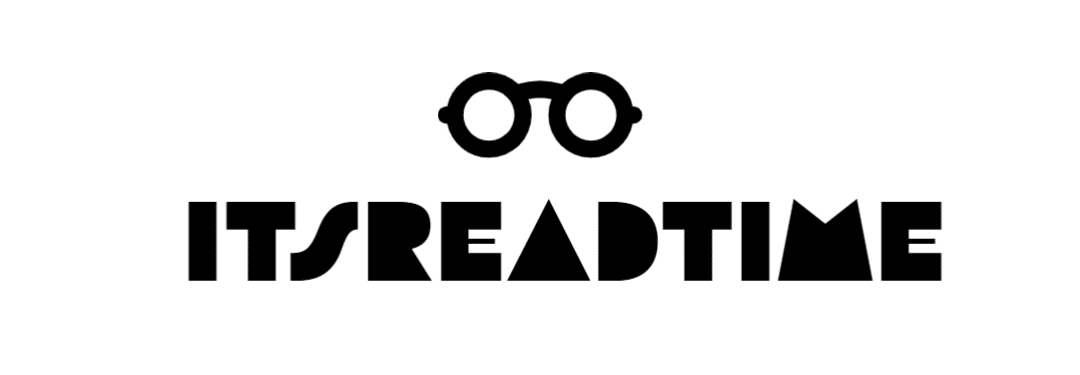When you are looking for an affordable connectivity program for your business, there are a few things that you should keep in mind. There are FCC rules that you should know about, as well as eligibility requirements, and there are also discounts that you should consider.
Eligibility Requirements
The Affordable Connectivity Program (ACP) is an initiative by the United States government designed to assist low-income households in affording broadband connections. It provides monthly subsidies to qualifying households for their Internet and Mobile service. Applicants can qualify for ACP by filling out an application and providing a range of other information. For the most part, the assistance programs such as the Lifeline assistance programs offer a discount of up to $30 a month towards Internet and Mobile services.
This benefit is available to households that are below 200% of the federal poverty line. However, this discount is limited to one monthly service credit per household. The Federal Communications Commission oversees the program. As of mid-November, 15 million households have signed up to receive the benefit. There are three ways to apply. Applicants can enroll online, through the mail, or by visiting a participating provider. To get help with the Affordable Connectivity Program, contact the internet provider that you currently have service with. Some ISPs offer special plans to help make the process easier. They will also let you know if you qualify for the program.
Discounts Offered
The Affordable Connectivity Program, formerly the Emergency Broadband Benefit Program, is a Federal Communications Commission (FCC) initiative designed to help low-income households afford broadband internet. This program includes wireless and landline providers and provides various benefits. The program offers a range of discounts for consumers. For example, you can get a hefty $30 discount on your monthly high-speed internet bill.
You can also save up to $75 per month on home Internet service if you’re located on qualifying tribal lands. It’s worth noting that not all households qualify. A recent study by the FCC estimates that less than one-third of all Americans are eligible for the program. However, this program does not discriminate against race, gender, age, or income. As such, it’s a great fit for communities with a high proportion of low-income families.
Termination of Service
The Affordable Connectivity Program is designed to provide a broadband internet connection to low-income Americans. It is governed by 47 U.S.C. 1752 (a)(11) and (d). There are a variety of requirements to participate in the program. For example, an eligible provider must have a DUNS number and a System for Award Management.
An associated equipment benefit is also required. To reap the benefits, providers must be aware of the requirements for participation. This includes having an FCC registration number and a DUNS number, and a System for Award Management in place. A provider must also demonstrate a good faith effort to collect any money owed to it. Lastly, a provider must de-enroll subscribers who are no longer eligible. The provider may be subject to enforcement action if a subscriber is not de-enrolled.
Another requirement is to have a system to track non-usage. In the same manner that a carpenter must know how to measure wood with a hammer, an ACP service provider must be able to know if a consumer is using their broadband internet. To ensure this, an ACP provider should retain all documentation and documentation that was used to make eligibility determinations.
Unlike the EBB Program, which experienced agent-driven misdeeds, the Affordable Connectivity Program requires the same type of oversight that a government entity has for its citizens. Specifically, an OEA is tasked with balancing the value of information gleaned from the Affordable Connectivity Program with the burden placed on service providers.
FCC Rules
The Federal Communications Commission (FCC) proposes rules for its Affordable Connectivity Program (ACP). The program aims to provide broadband internet service to low-income households. It provides a $30 monthly discount for qualifying households on the cost of broadband services.
The FCC is assessing the program’s value by collecting data on subscribers. For example, the agency is asking providers to report on subscriber names, ZIP codes, and plan identifiers. They also want to see how many subscribers are at risk of dropping out of the program. Additionally, they are seeking comments on a proposed pilot program to test different methods of increasing awareness of the program. The FCC has also asked for comments on establishing standards for evaluating network revenue. They also seek comments on the appropriate length of time for providers to submit information.
The agency has released a Report and Order on the Affordable Connectivity Program. The rules will make it easier for eligible providers to enroll in the program. Providers are required to submit data on their bundled services, including the cost of associated equipment. In addition to providing broadband service, providers are required to report on the cost of set-up fees. These fees can be a barrier to broadband adoption. This information will help the FCC determine the cost of the affordable connectivity benefit.



